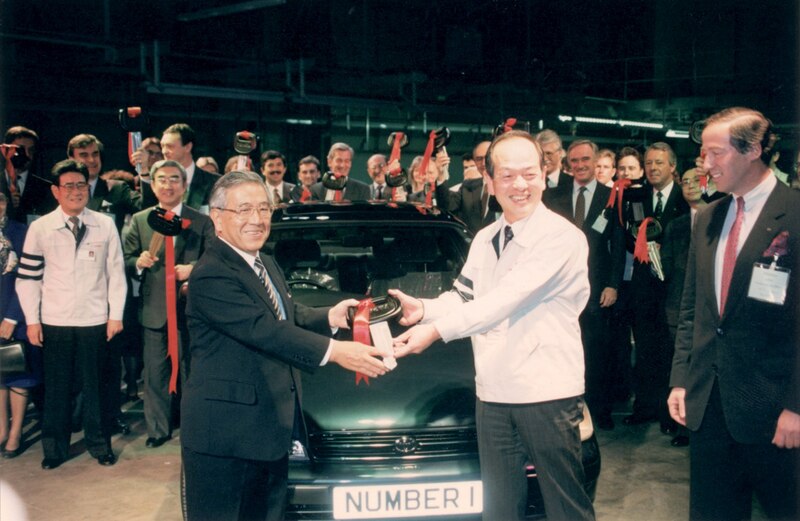“Vintage vehicles are not mere toys,” Rep. Paul R. Daza said, explaining the merits of the Vintage Vehicle Regulation Act or Republic Act No. 11698 at the Presidential Car Museum at the Quezon City Memorial Circle where he several vintage car enthusiasts and members of the Manila Sports Car Club (MSCC) gathered to enjoy the carefully restored and preserved presidential transporters.
The Vintage Vehicle Regulation Act (VVRA) which was enacted in April 2022, recognizes historic, heritage, or period vehicles that are already 40 years from the date of their original manufacturing, as “an integral part of Philippine culture.” The law aims to protect and preserve these vehicles for future generations to enjoy. It also enables the government to fulfill its constitutional mandate to “foster the preservation, enrichment, and dynamic evolution of a Filipino culture…” while protecting and regulating the disposition of the country’s “artistic and historic wealth.” Based on the principle of “unity in diversity in a climate of free artistic and intellectual expression,” vintage vehicles and their related tools, equipment, and accessories are considered as such under the new law.
“We’re here in the museum today not just to celebrate the law on vintage vehicles but also to encourage Filipinos, especially the youth to honor the history and the sacrifices of our heroes and former presidents. Seeing these presidential cars, carefully preserved, certainly makes me prouder of our former presidents and our rich heritage,” the 1st District, Northern Samar solon added.
The museum hosts 12 presidential vehicles, all of which have been restored through the efforts of the National Historical Commission of the Philippines (NHCP). The cars are ready examples of the kind of craftsmanship and restoration work. “Old cars restored to almost new,” said one MSCC member. The presidential cars date as far back from the regime of Emilio Aguinaldo up to the term of Gloria Macapagal-Arroyo, missing out on Sergio Osmeña’s car, which is in Cebu, and Carlos Garcia’s car, which was not recovered.
Daza was accompanied by members of the MSCC led by its founder, Atty. Andy Sta. Maria. MSCC was established in 1967 and is the oldest car club in the country.
“MSCC was formed to provide for the preservation and enjoyment of sports cars. Of course, our members are also excited about this landmark legislation. A part of my wish list? I would really like to encourage the restoration and preservation of vintage cars to the highest standards,” Sta. Maria shared highlighting how the law will encourage the maintenance, use, and registration of vintage vehicles as well as to boost tourism through the promotion of historical automobile tours and the establishment of vintage car museums or motorsport events. One such event is the Historic Tour D’ Cebu, running since 2014. The vintage car rally race, organized by the Performance and Classics Enthusiasts (PACE) of Cebu is supported by the MSCC and run by Sophie de los Santos of Tradeshow International Inc.
With about 130 members who have in totality nearly 200 or so vintage cars, MSCC hopes to stage more concours d’ elegance and historic racing events, which could help promote awareness and continued interest in vintage vehicles.
RA 11698 also allows the importation, exportation, and registration of vintage vehicles. Registration with the Land Transportation Office will be valid for 3 years and owners can avail of special “Vintage Vehicle” plates.
Daza also envisioned the law to allow the Philippines to further develop its vintage car restoration industry.
“There are many talented car restorers in the Philippines that would benefit from the importation provisions in the Vintage Vehicle Law,” Daza expounded highlighting that the law can increase the economic opportunities for small and medium industries in the “large and expanding international market” for vintage vehicles. This can be done by providing an environment wherein businessmen, technicians, and the general workforce can be better equipped with the necessary know-how in the industry.
“Lessening their burdens to import vintage vehicles and parts will help them tap more international clients and expose the craftsmanship of the Filipino to the world. Of course, they are sources of pride and enjoyment. However, it is important to optimize the potential economic opportunities that they can create while preserving the country’s heritage in its motoring history,” Daza ended.





